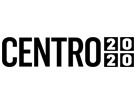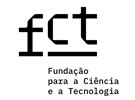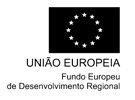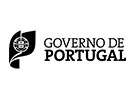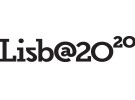



4 ECTS; 1º Ano, Anual, 15,0 T + 15,0 TP , Cód. 201443.
Lecturer
- Rita Ribeiro de Carvalho Ferreira Anastácio (1)
(1) Docente Responsável
(2) Docente que lecciona
Prerequisites
Not apply
Objectives
Students should acquire skills in the area of Geographic Information Systems, namely in the techniques of representation of geographic information exploration, management and processin, essential bases in the construction and visualization of maps.
Program
1. Introduction to Geographic Information Systems
1.1 Notion of GIS
1.2 Origin and evolution of GIS
1.3 Applications to Archeology and Cultural Heritage
2.Data models
2.1 Vector model
2.2 Raster model
2.3 Other models
3. Coordinate systems
3.1 Referencing systems
3.2 Cartographic Projections
3.3 Georeferencing of sites / objects
4. Geoprocessing and maps
4.1 Inquiry of data
4.2 Construction and Map view
4.3 Spatial analysis and data management
Evaluation Methodology
Continuous evaluation:
- Practical test - 70%
- Theoretical test - 30%
Evaluation by examination:
- Practical work in GIS + Report
Bibliography
- Lake, M. e Conolly, J. (2006). Geographical Information Systems in Archaeology. (Vol. 1). Cambridge : Cambridge Manuals in Archaeology
- Matos, J. (2008). Fundamentos de Informação Geográfica. (Vol. 1). Lisboa: Lidel
- Stanley, A. (1989). Geographic Information Systems: a management perspective. (Vol. 1). Canada: WDL Publications
- Wheatley, D. e Gillings, M. (2002). Spatial Technology and Archaeology: The Archaeological Applications of GIS. (Vol. 1). London: Taylor Francis
Teaching Method
This unit will have an exhibition component, underpinned by appropriate multimedia resources and complemented with presentation of case studies.
Software used in class
ArcGis

